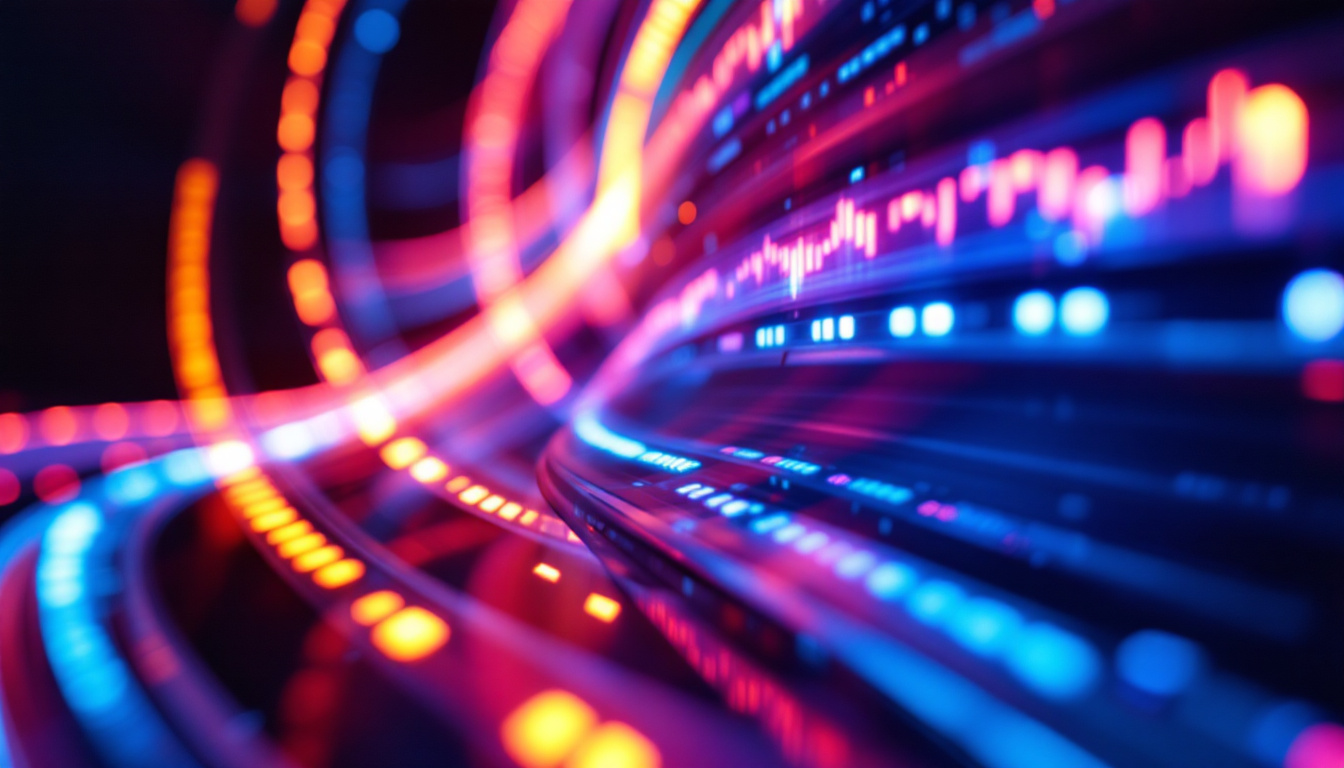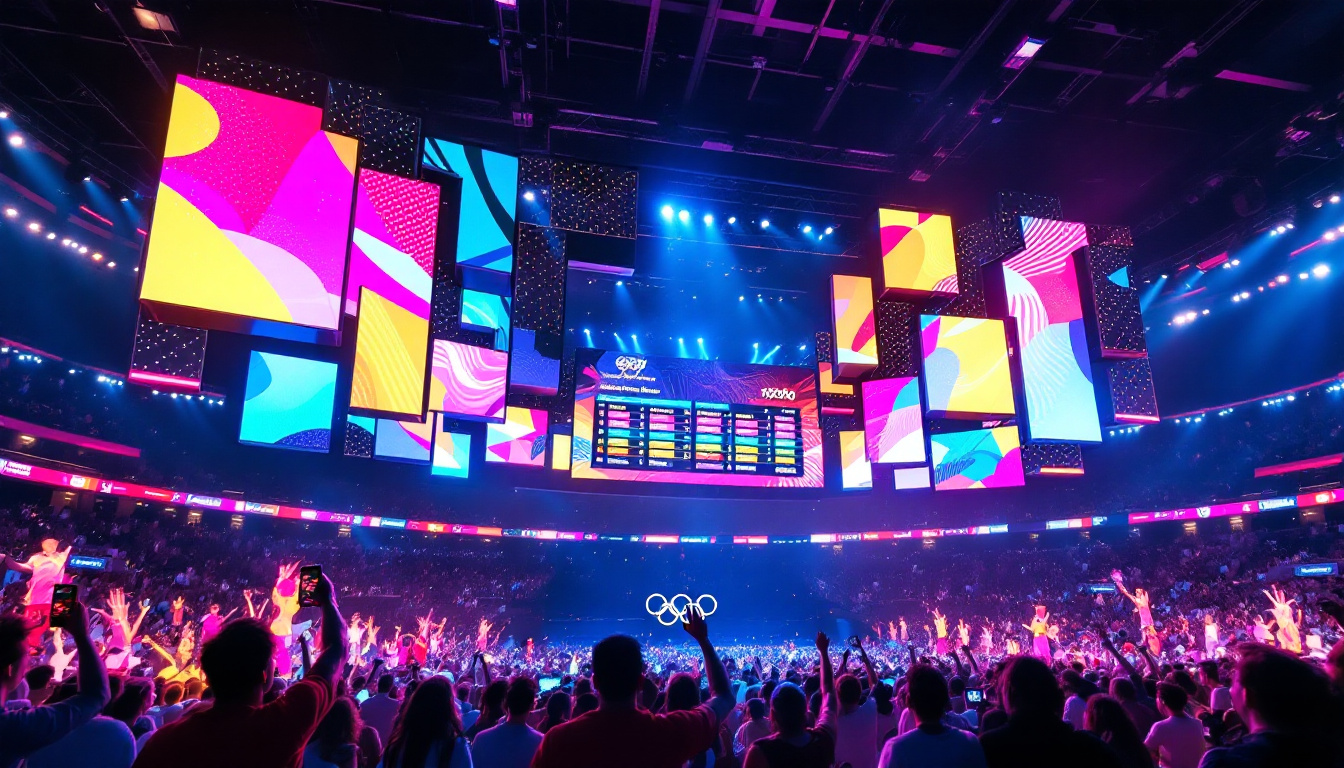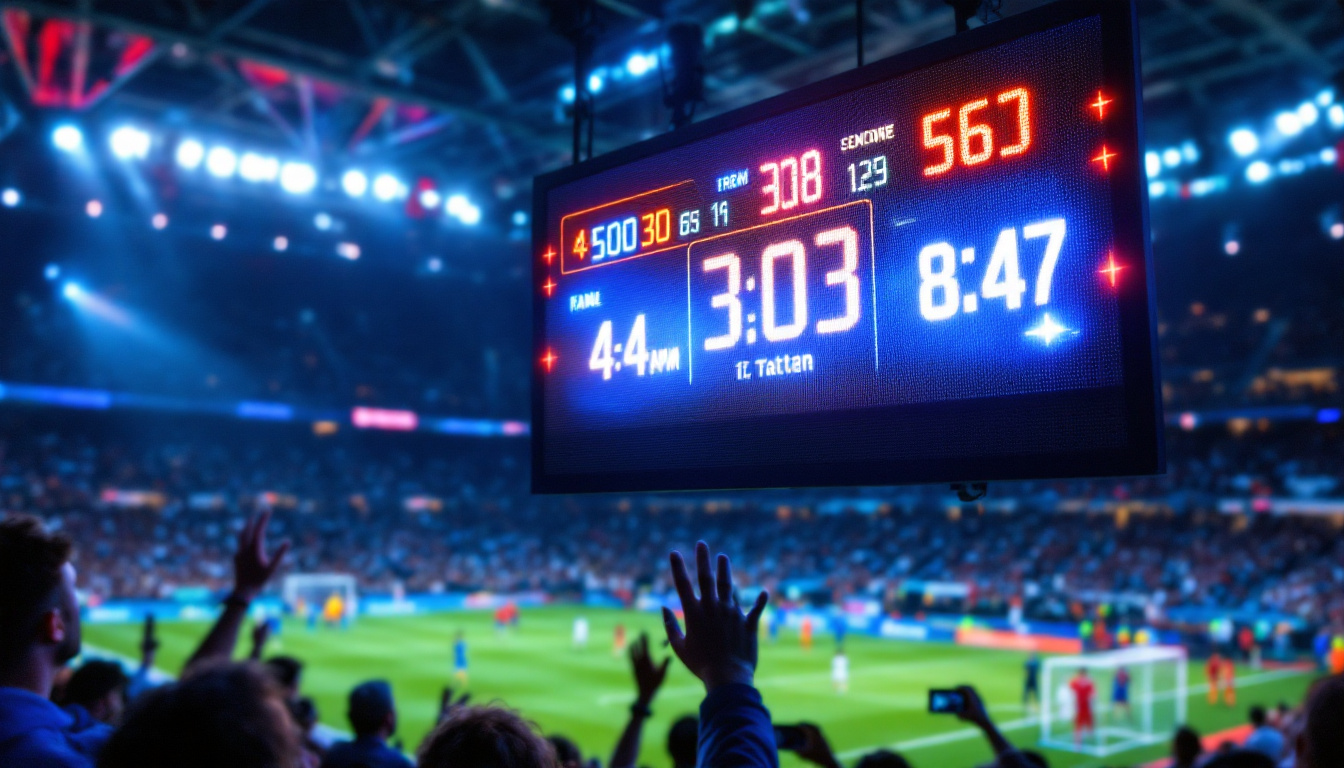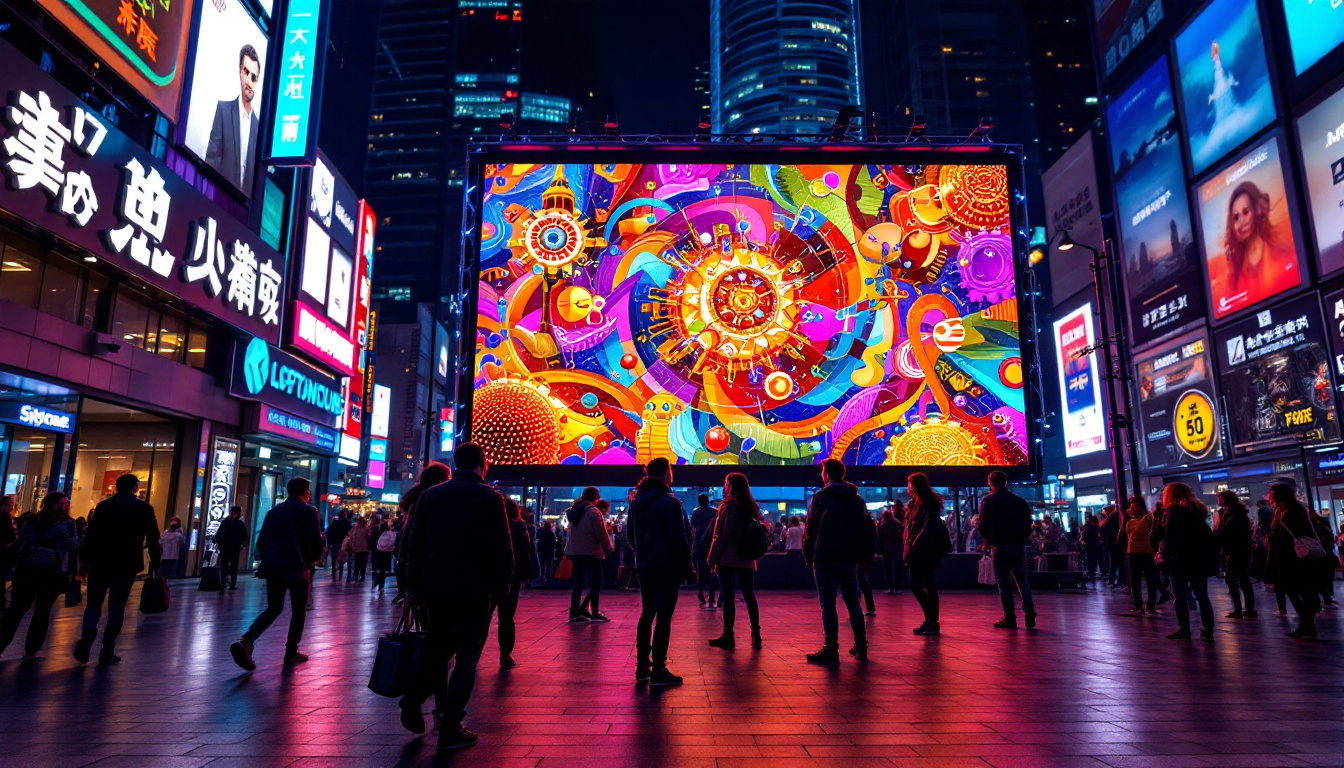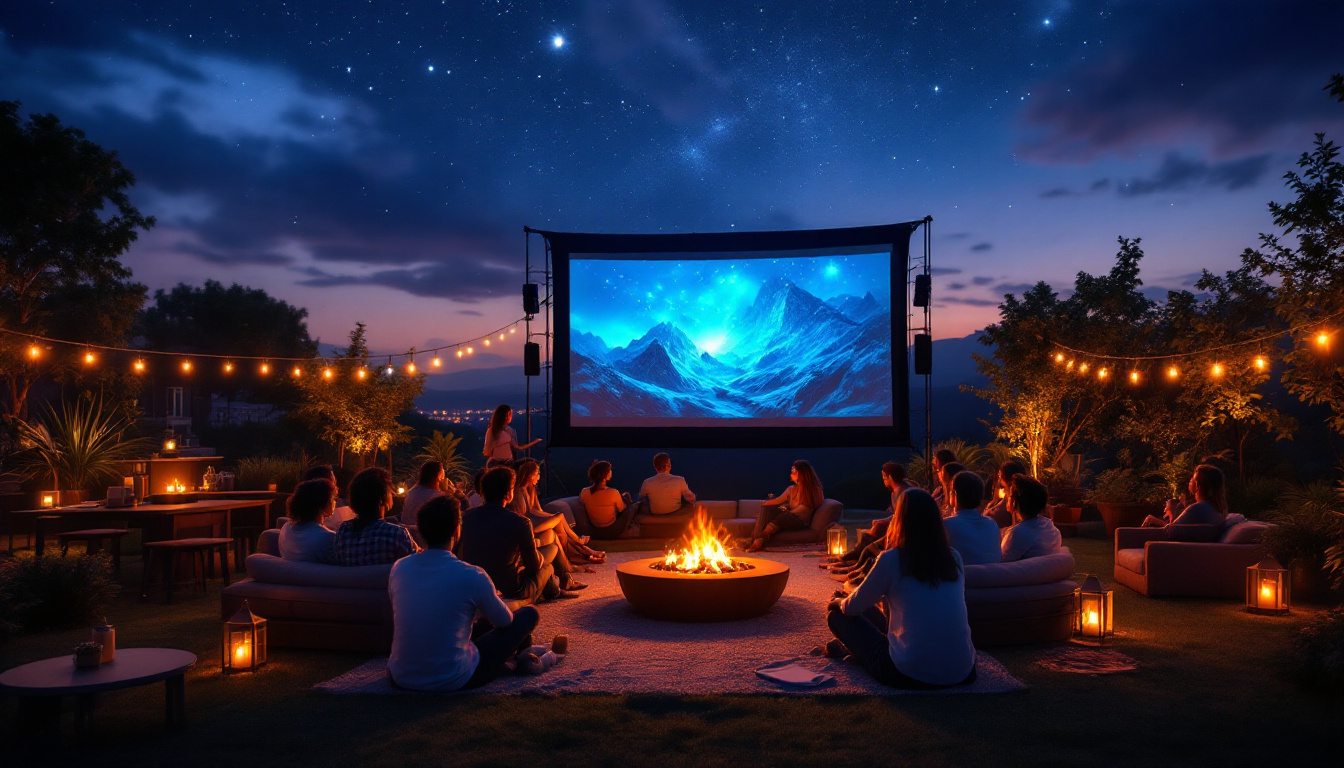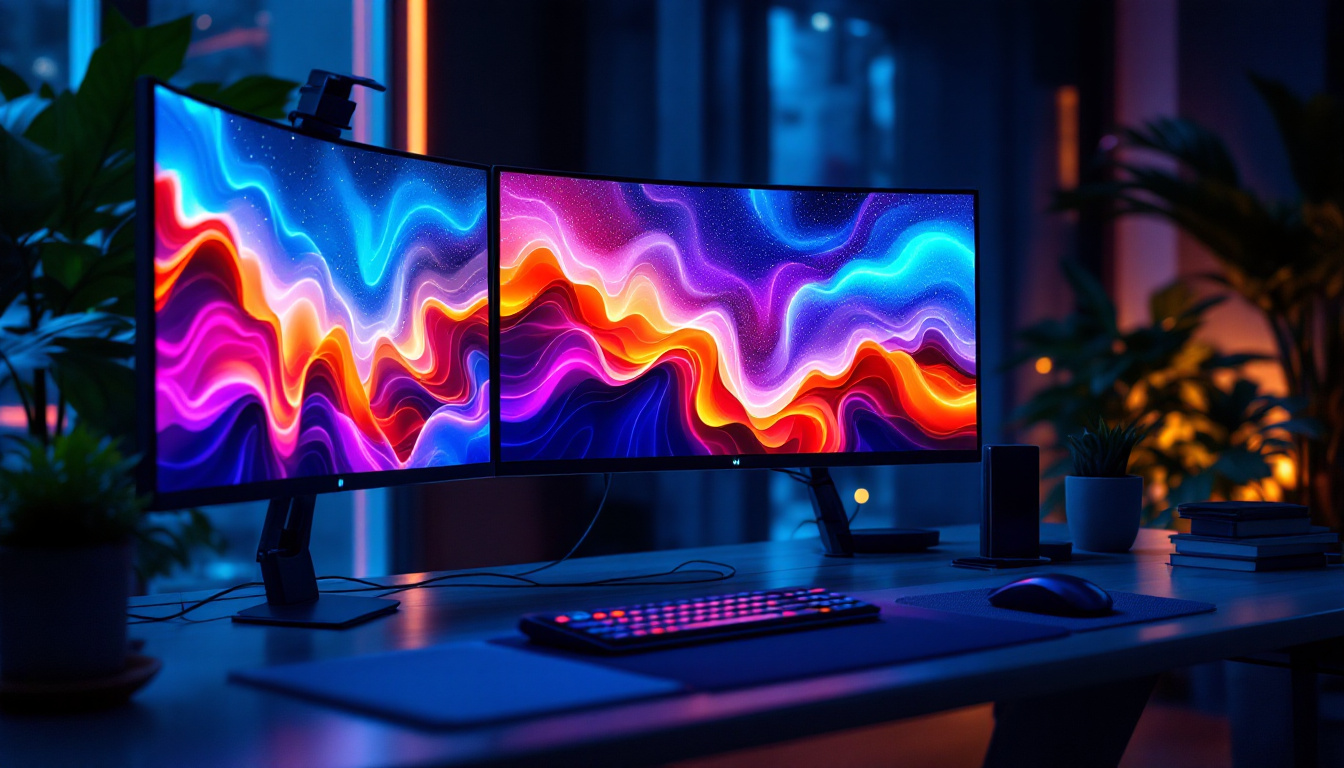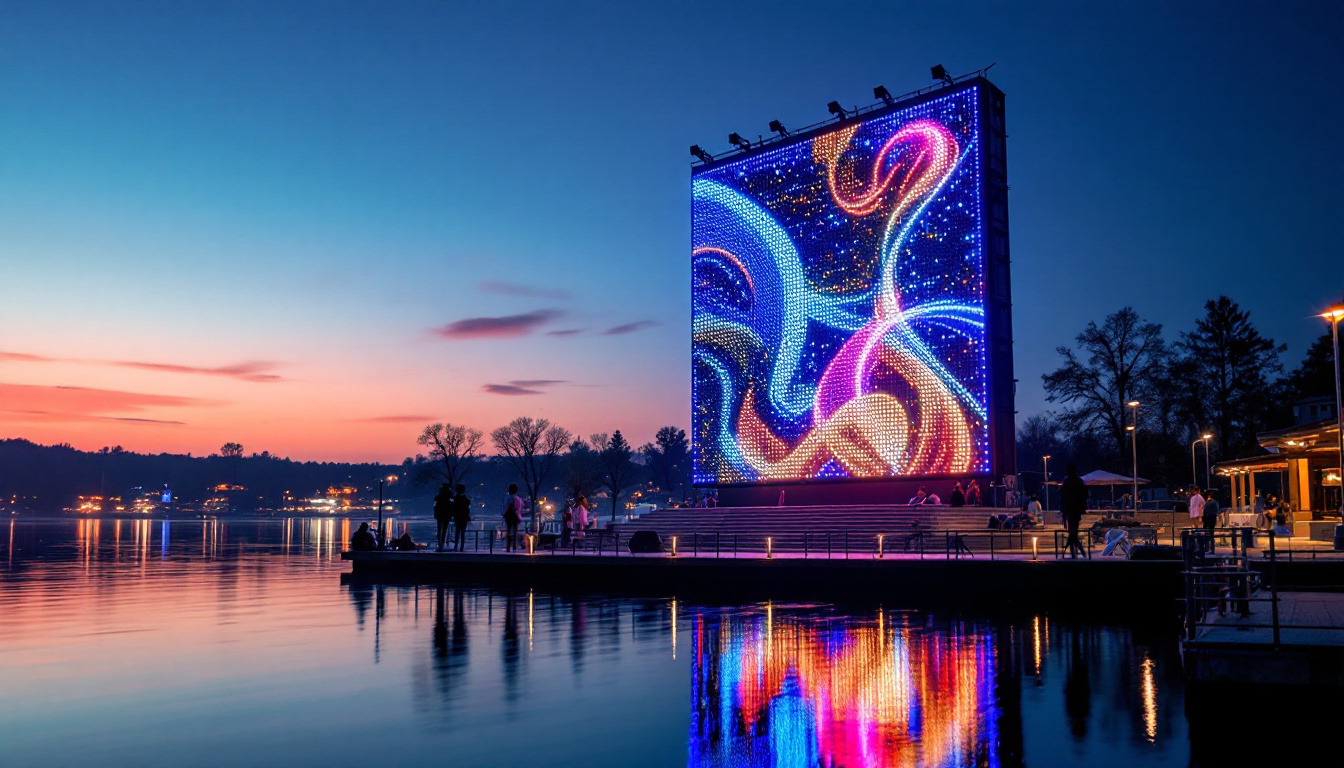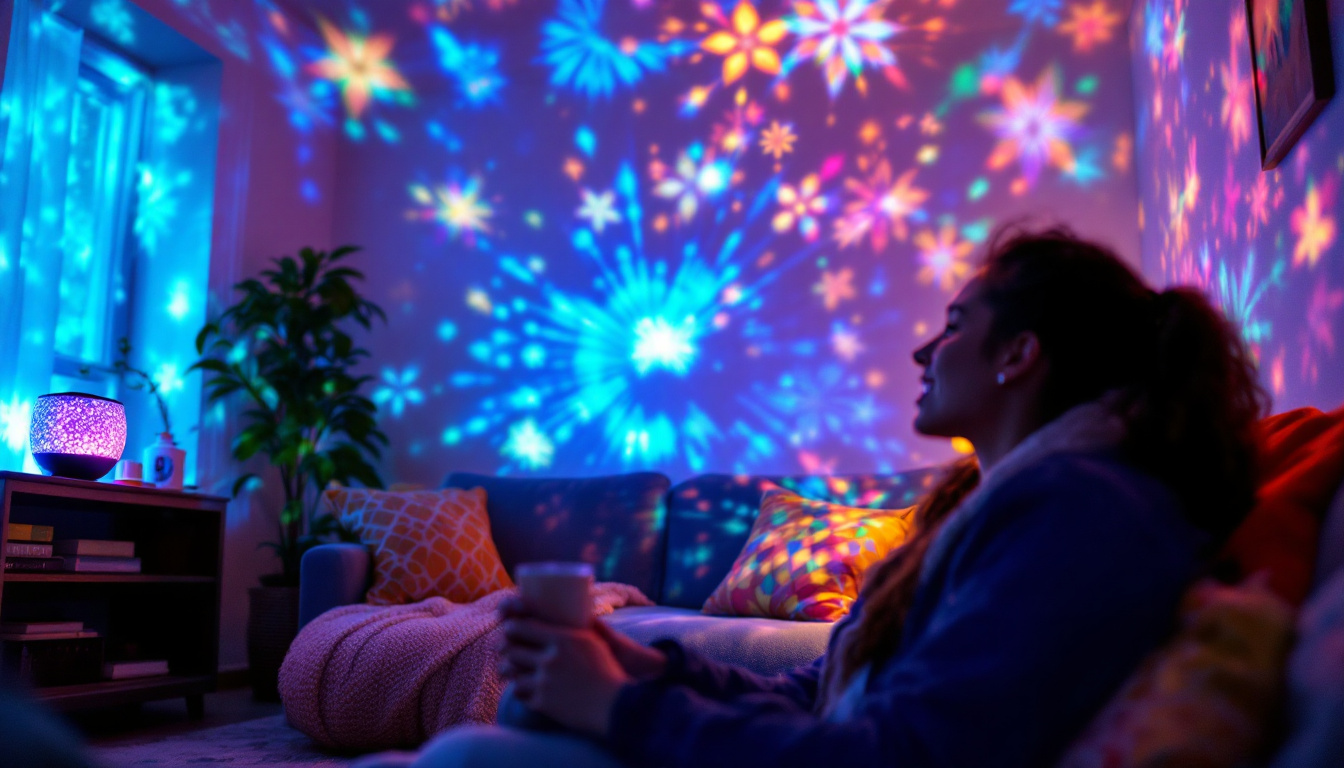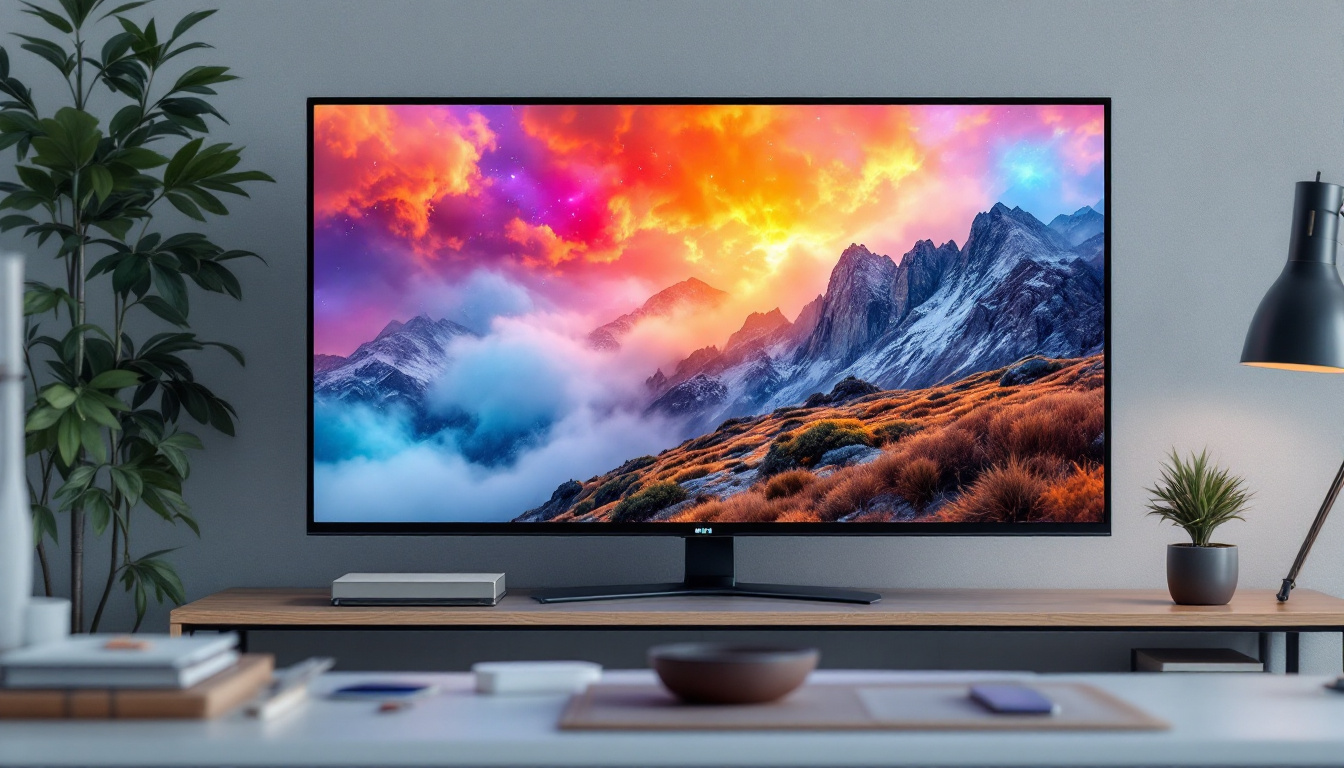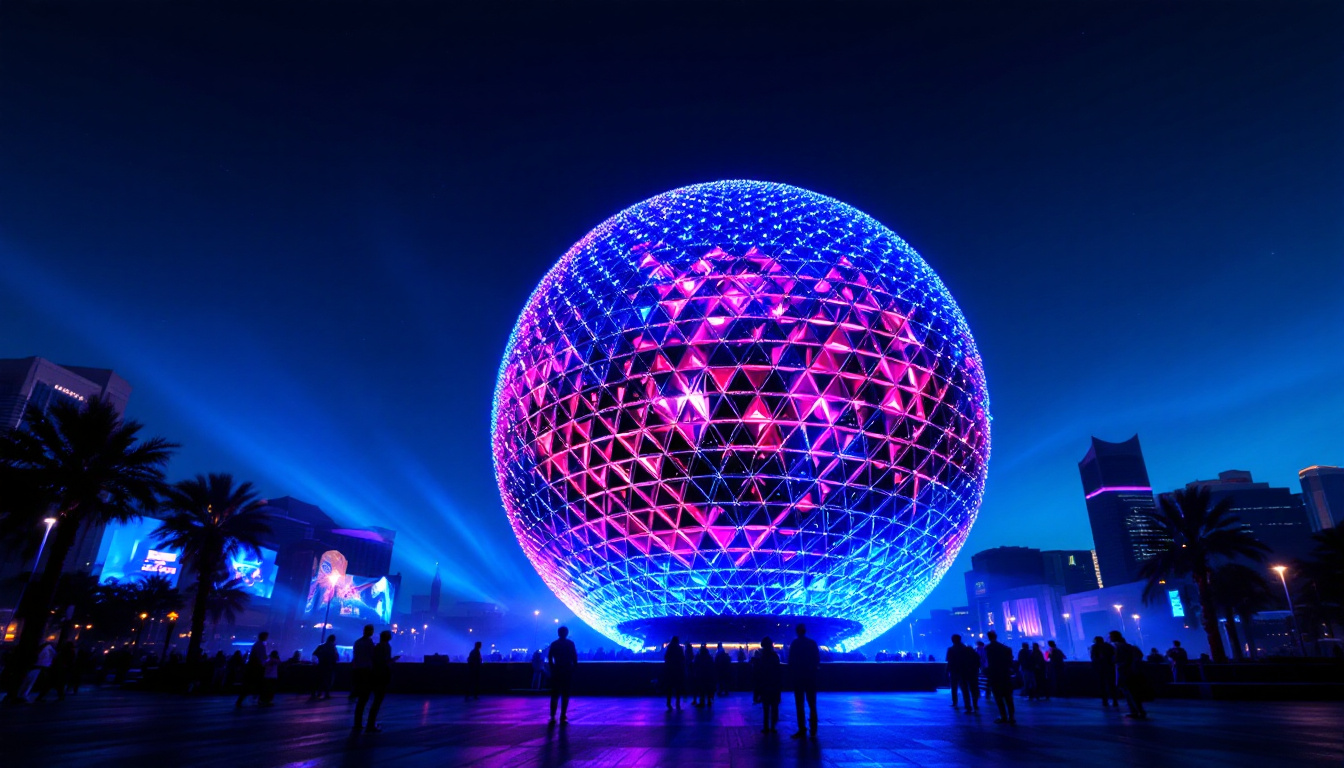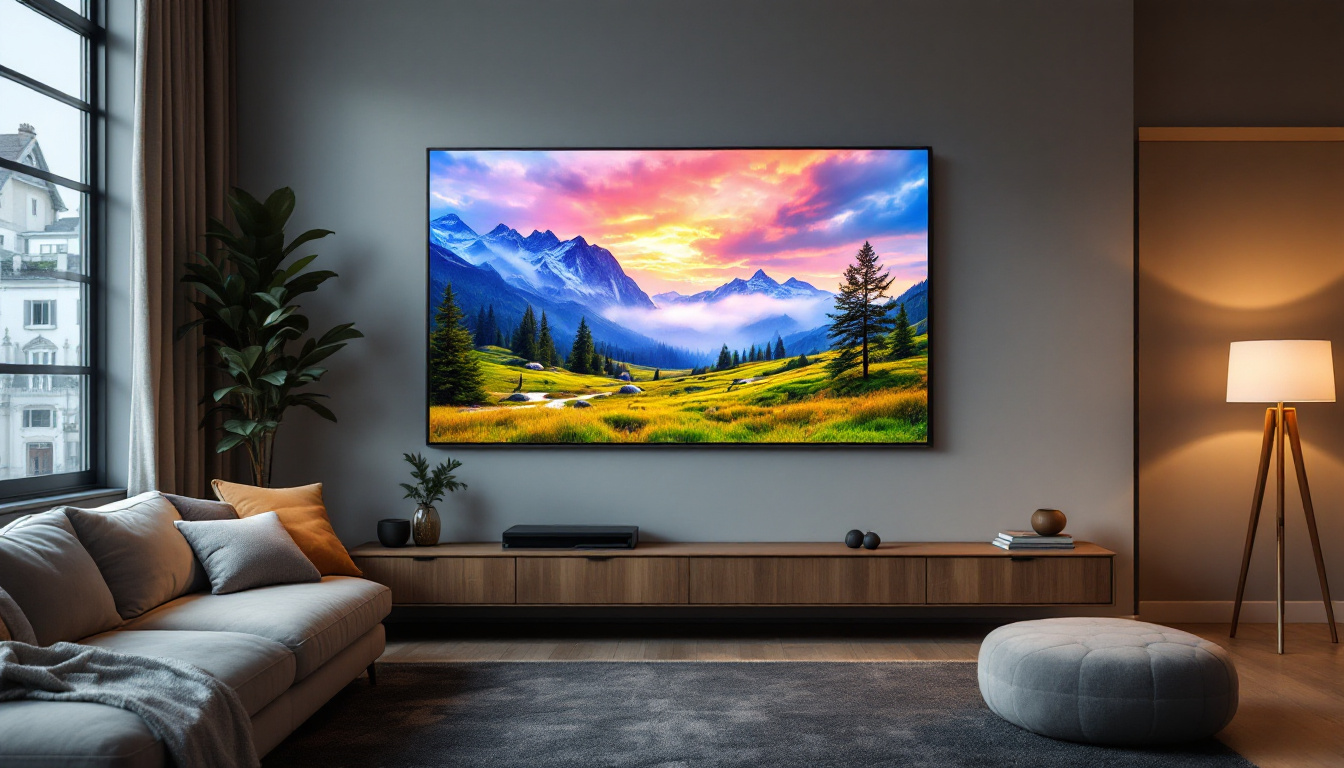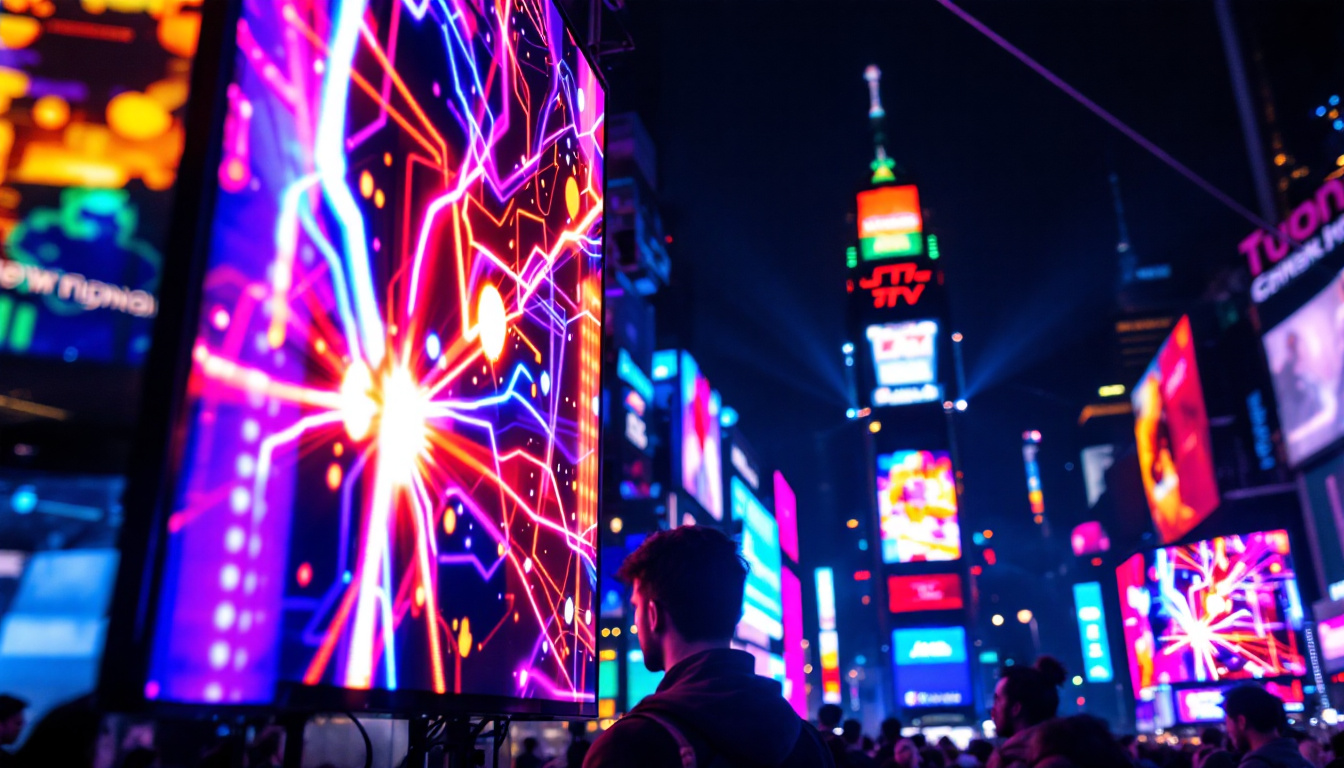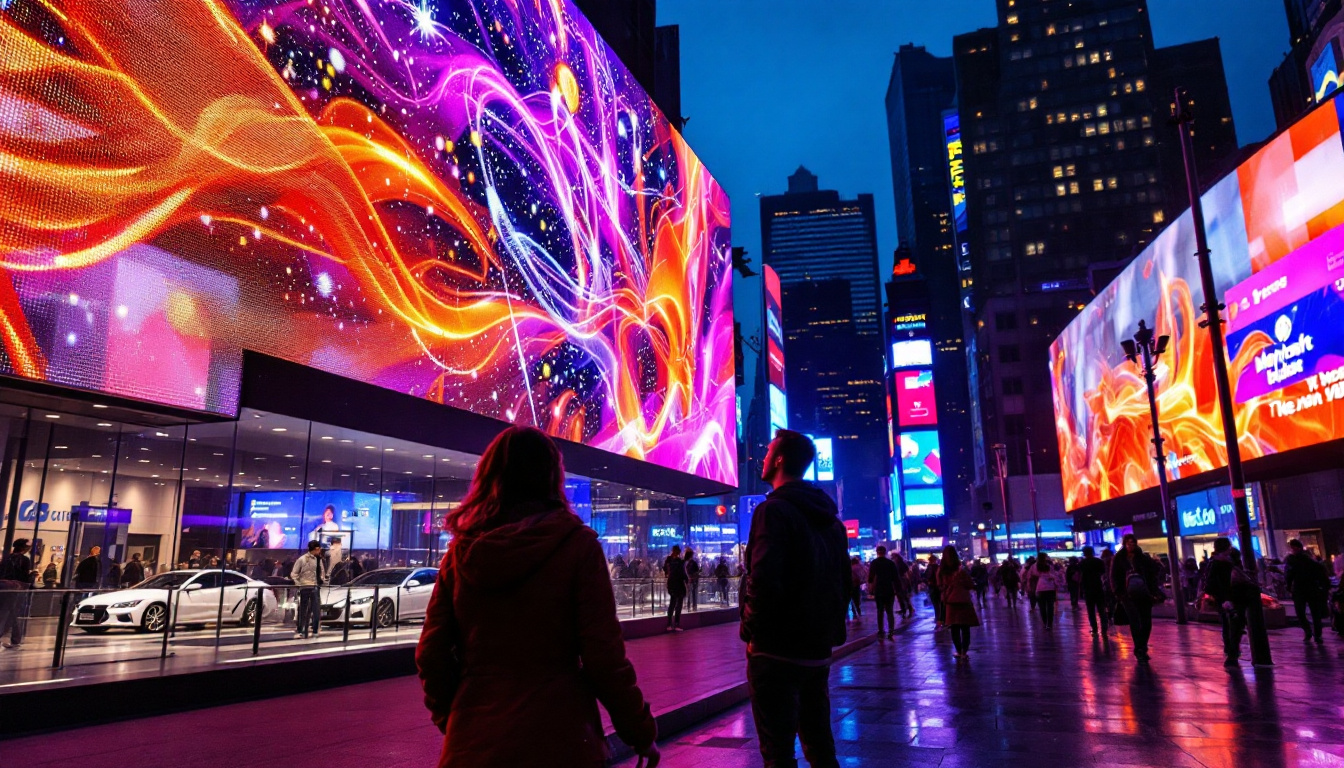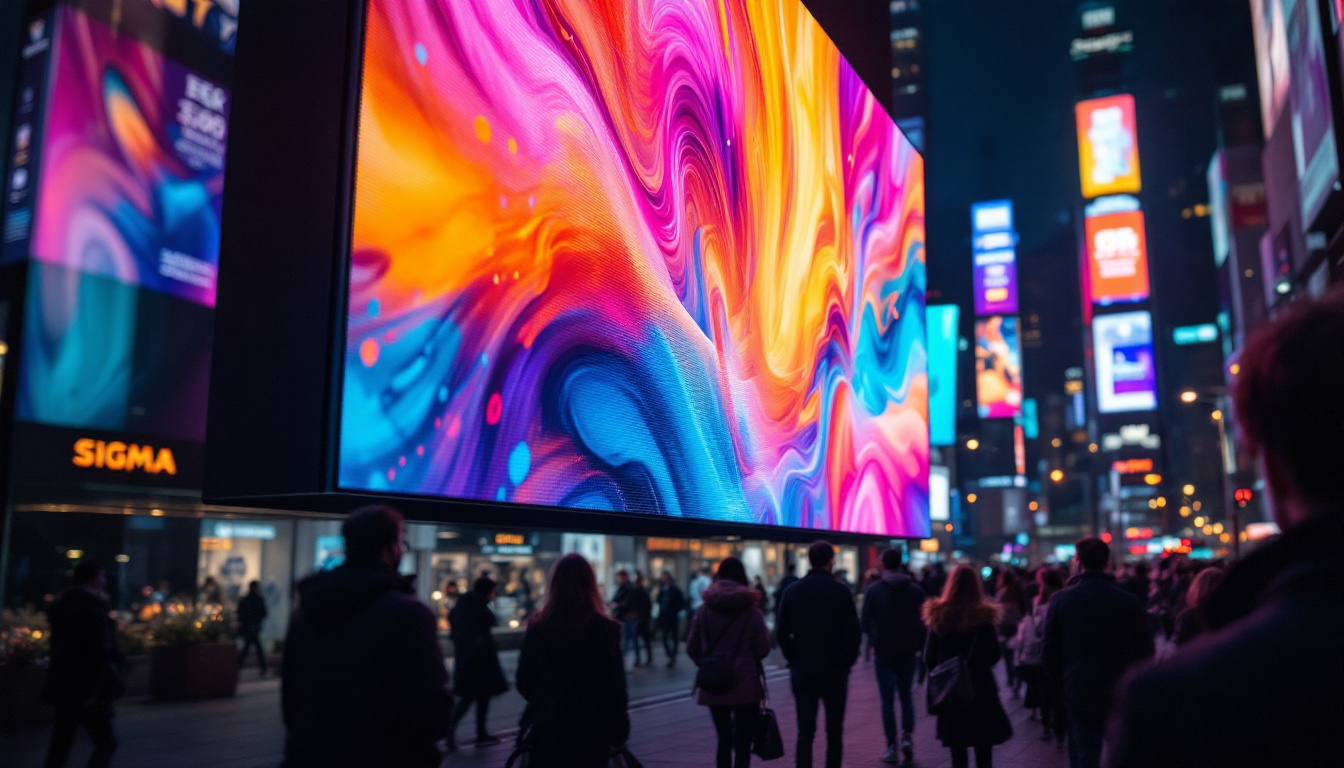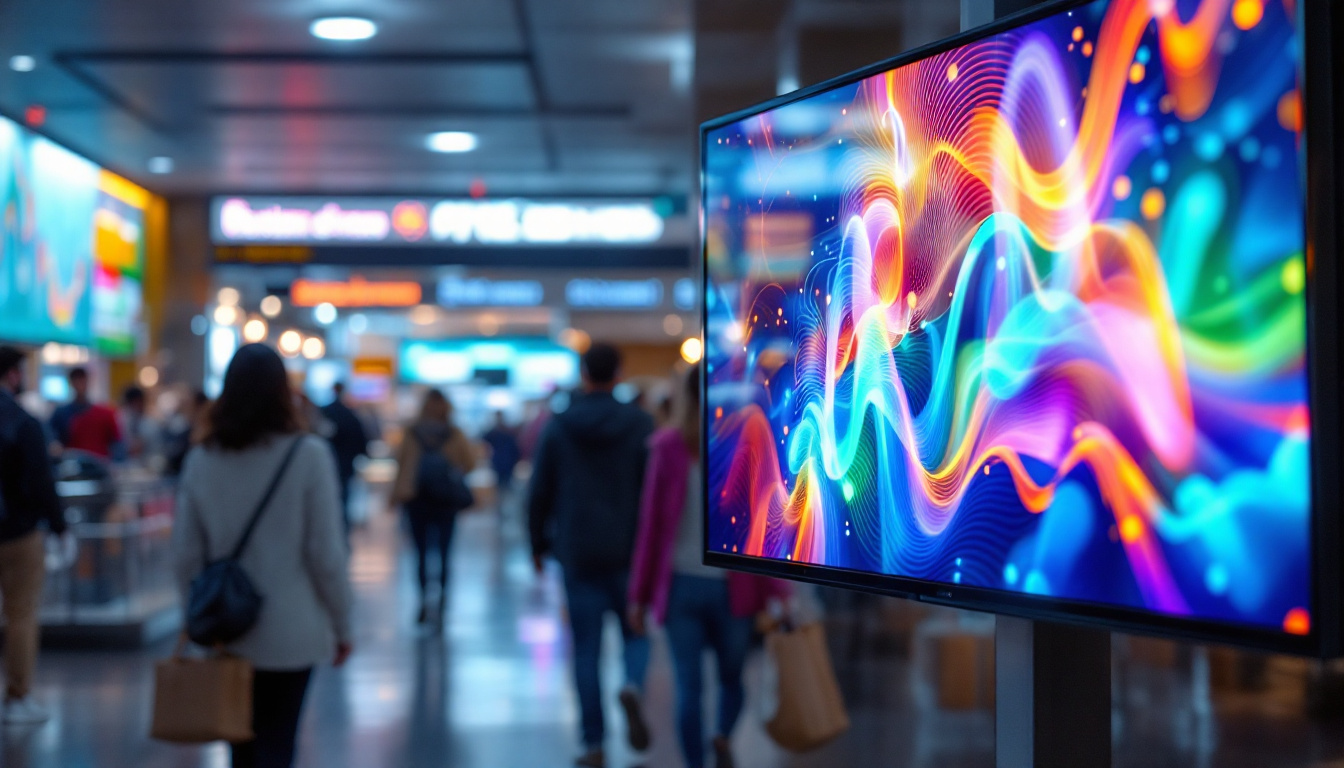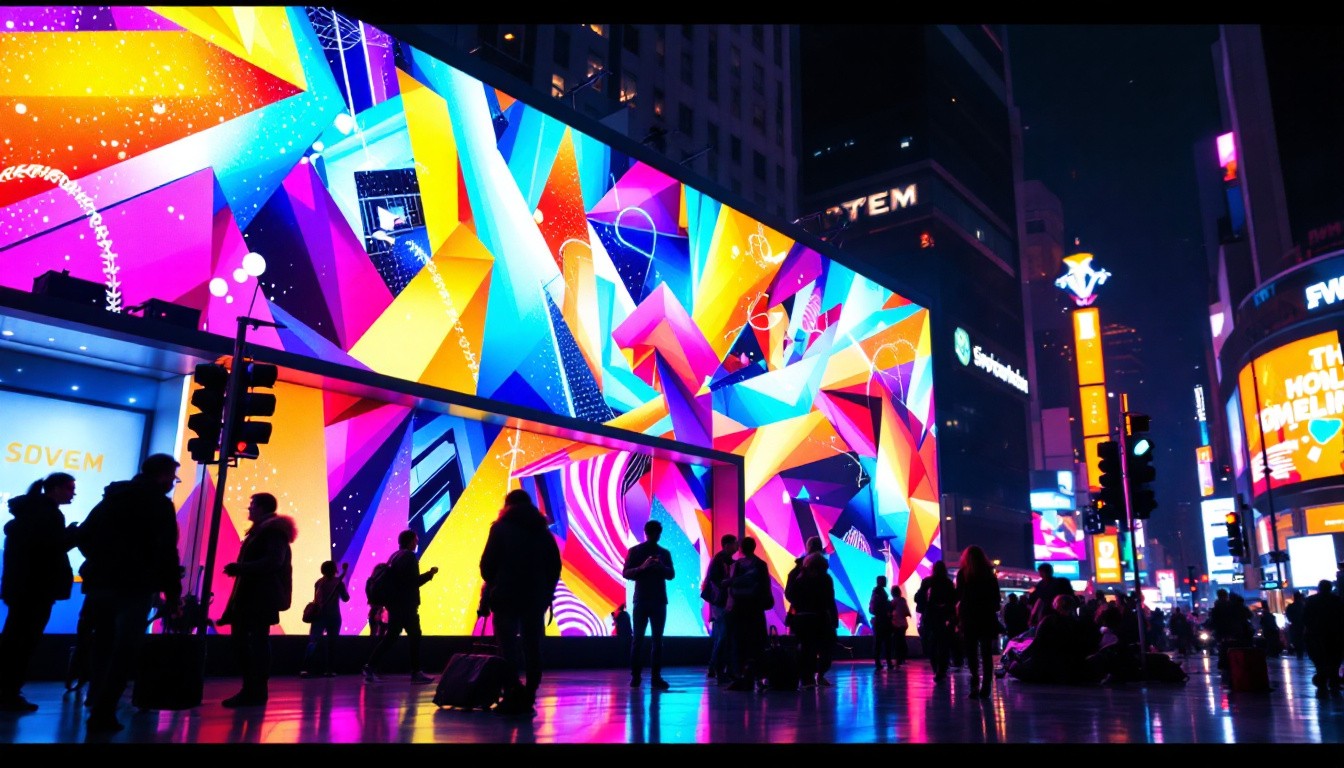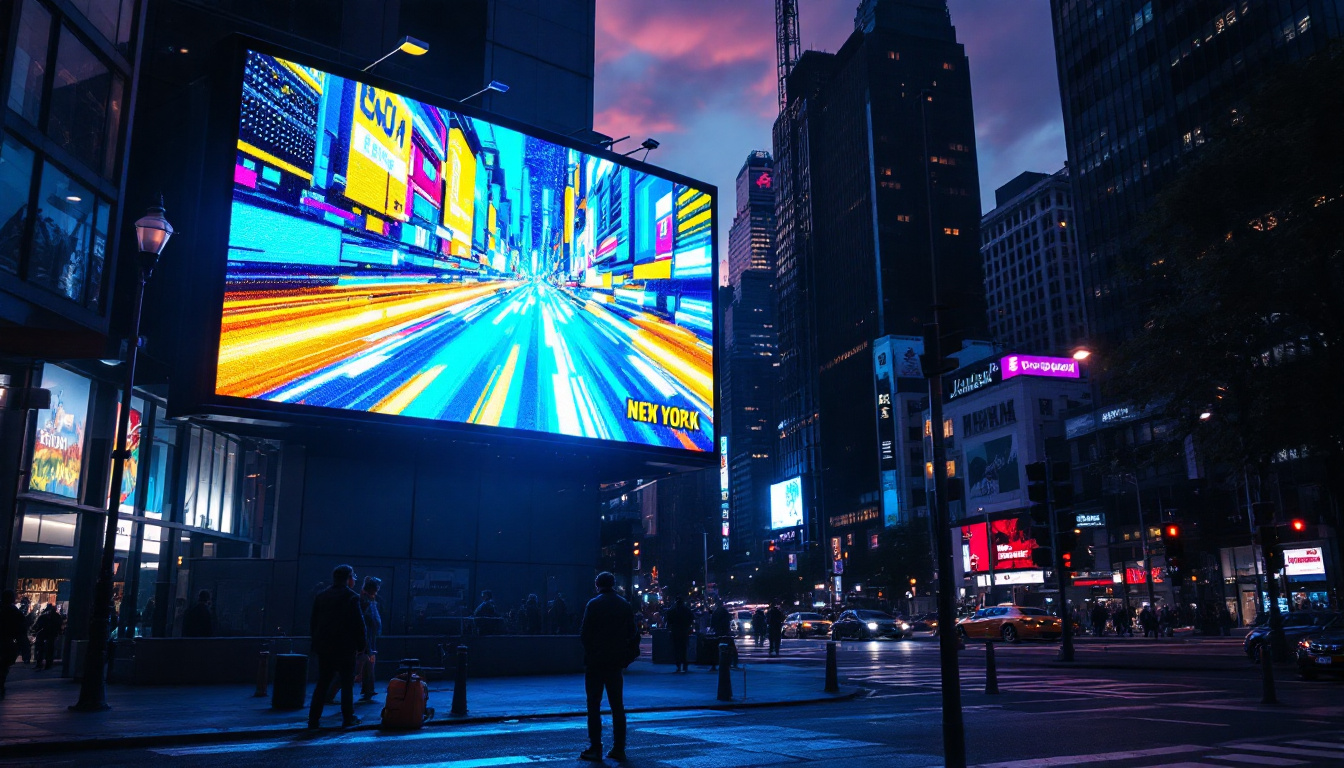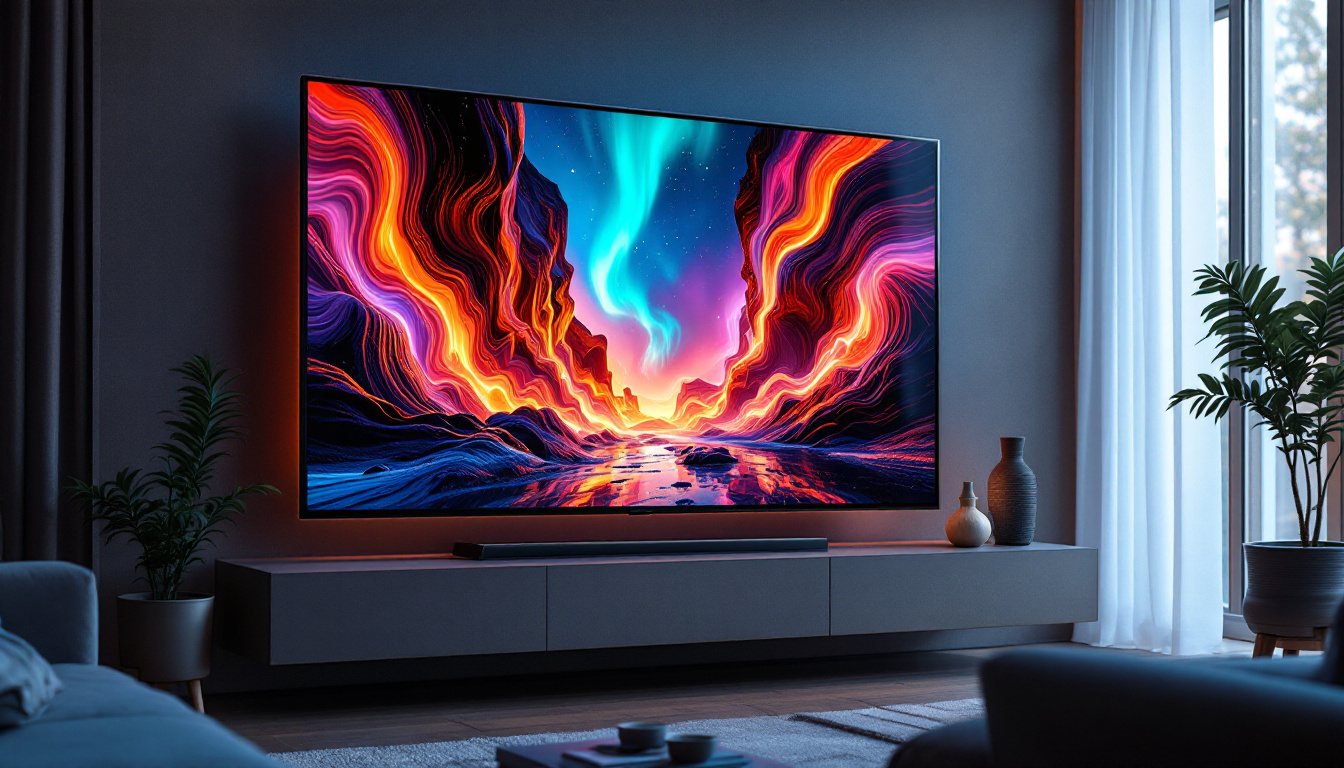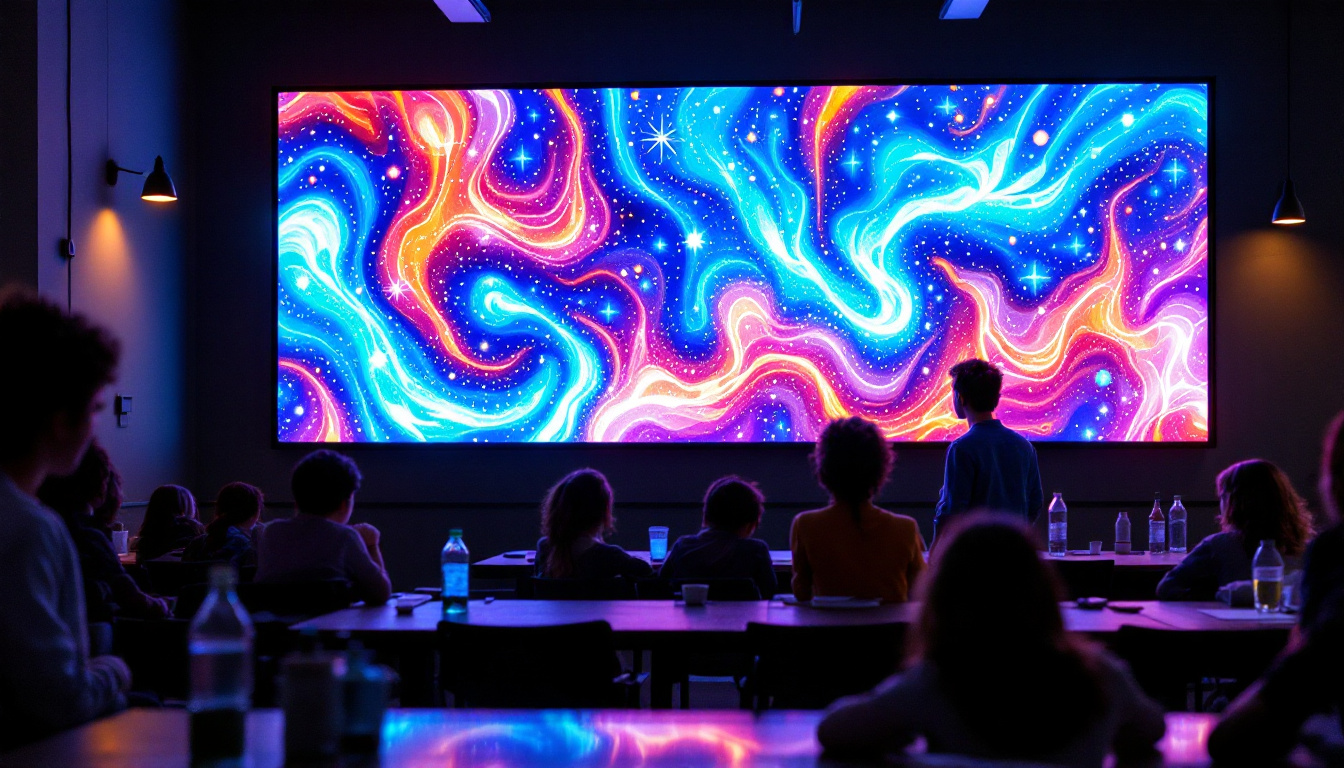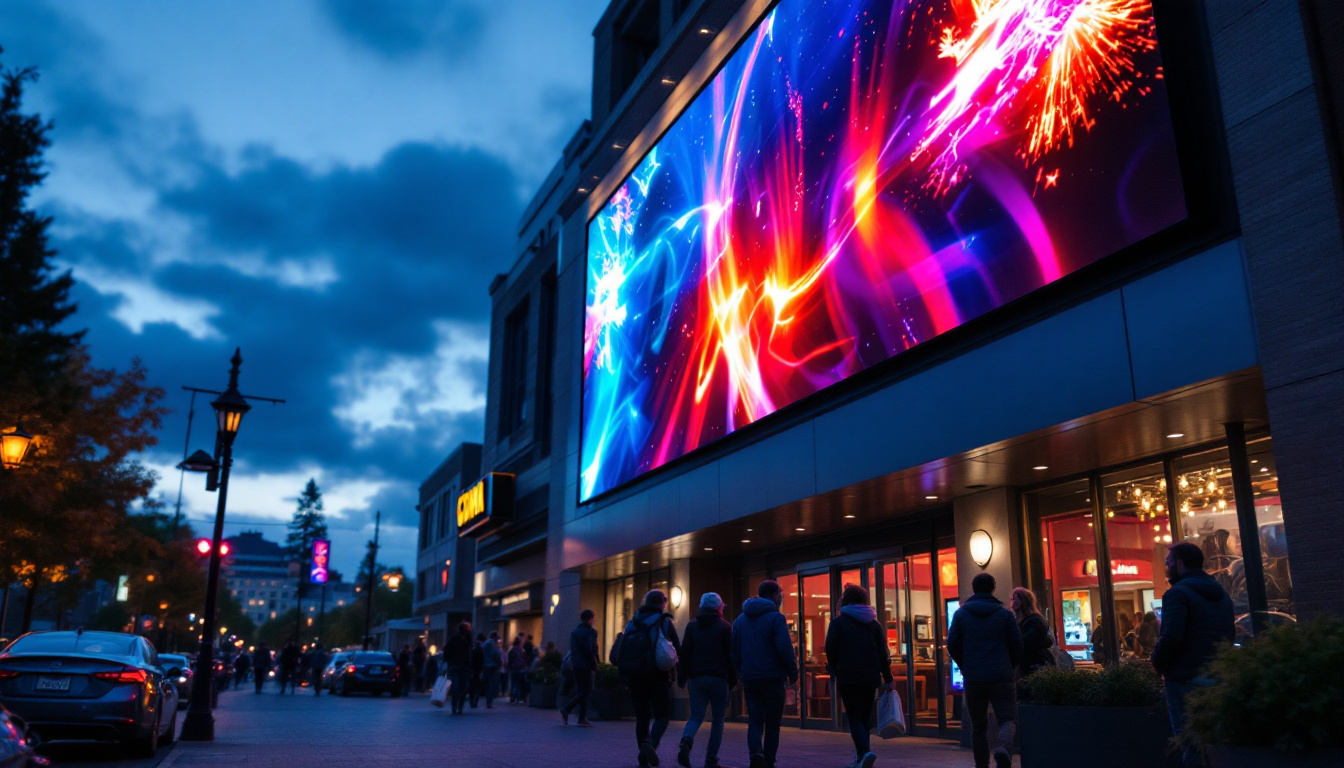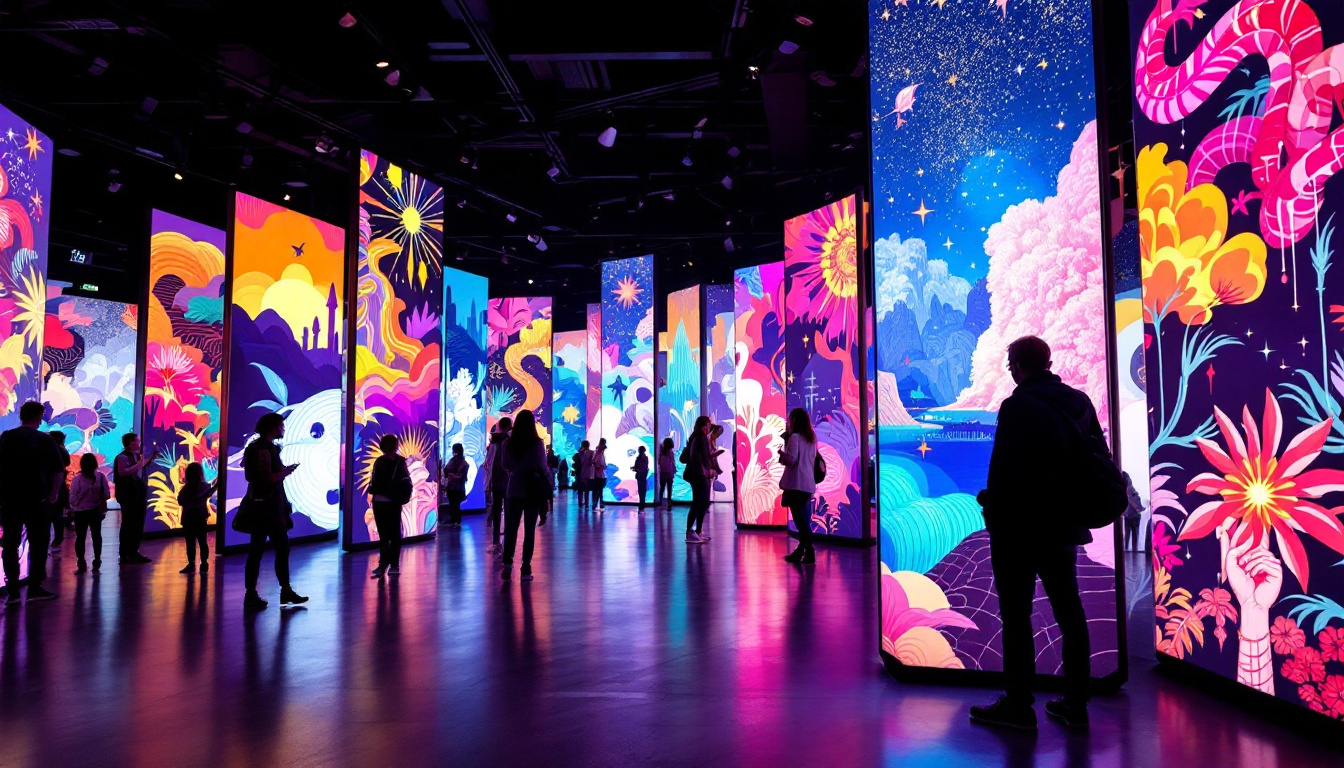In the world of modern technology, LED displays have become a staple in various applications, from advertising to entertainment. Their versatility and vibrant colors make them a popular choice for businesses and event organizers alike. One of the intriguing aspects of LED displays is their ability to be curved, creating a more immersive visual experience. This article delves into the concept of curved background PNGs and how they play a crucial role in enhancing LED displays.
Understanding LED Displays
LED displays are composed of numerous light-emitting diodes (LEDs) that work together to produce images and videos. These displays come in various forms, including flat panels and curved screens, each serving different purposes. The technology behind LED displays has evolved significantly, allowing for higher resolutions, better color accuracy, and improved energy efficiency. As a result, LED displays have become a staple in various industries, from entertainment to advertising, and their versatility continues to drive innovation.
The Basics of LED Technology
At its core, LED technology relies on the principle of electroluminescence, where certain materials emit light when an electric current passes through them. This technology has transformed the way visual content is presented, making it possible to create bright and vibrant displays that can be seen even in daylight. The advancements in LED technology have also led to the development of organic LEDs (OLEDs), which offer even greater flexibility in design and superior contrast ratios, further enhancing the viewing experience.
LED displays can be classified into two main categories: direct view and rear projection. Direct view LED displays are composed of individual LED modules that create images directly, while rear projection displays use a combination of projectors and screens to display content. Both types have their unique advantages and applications. For instance, direct view displays are often favored for their ability to deliver seamless visuals without the need for additional equipment, while rear projection displays are useful in environments where space is limited, allowing for larger images without occupying extensive floor space.
Types of LED Displays
LED displays can be categorized into several types based on their application and design. Common types include:
- Indoor LED Displays: These are designed for use in enclosed spaces such as shopping malls, concert halls, and conference rooms. They typically offer higher resolutions for close viewing, making them ideal for presentations and advertising where detail is crucial.
- Outdoor LED Displays: Built to withstand various weather conditions, outdoor LED displays are often used for billboards and large-scale advertising. They are designed to be visible from a distance, utilizing high brightness levels and robust materials to ensure longevity and performance in sunlight and rain.
- Curved LED Displays: These displays feature a curved design that enhances the viewing experience by providing a wider field of vision. They are increasingly popular in retail environments and at events, as they can create immersive experiences that draw in viewers and encourage engagement.
In addition to these common types, there are also specialized LED displays such as transparent LED screens, which allow for visibility through the display while still showcasing content. This innovative design is particularly useful in retail settings, where brands aim to maintain an open feel while promoting products. Furthermore, flexible LED displays are emerging, enabling creative applications in architecture and design, allowing for dynamic installations that can adapt to various shapes and surfaces.
The Rise of Curved Displays
Curved displays have gained popularity due to their unique ability to create a more immersive viewing experience. By bending the screen, these displays can wrap around the viewer’s field of vision, making the content feel more engaging and dynamic.
Benefits of Curved LED Displays
Curved LED displays offer several advantages over traditional flat screens. One of the most significant benefits is the enhanced viewing angle. Curved displays can reduce distortion and provide a more uniform viewing experience for audiences positioned at various angles.
Moreover, the curvature of the screen can create a sense of depth, making images and videos appear more lifelike. This effect is particularly beneficial in applications such as virtual reality, gaming, and immersive advertising, where the goal is to captivate the audience’s attention.
Applications of Curved LED Displays
Curved LED displays are utilized in a variety of settings, including:
- Retail Environments: Retailers use curved displays to showcase products in an eye-catching manner, drawing customers’ attention and enhancing the shopping experience.
- Events and Exhibitions: At trade shows and exhibitions, curved LED displays can create stunning visual presentations that stand out among competitors.
- Entertainment Venues: Concerts and theaters often incorporate curved displays to create a more immersive atmosphere, allowing audiences to feel more connected to the performance.
Curved Background PNGs: A Visual Asset
As the demand for curved LED displays grows, so does the need for high-quality visual assets to complement these screens. Curved background PNGs are digital images with transparent backgrounds that can be used to enhance the visual appeal of curved displays.
What is a Curved Background PNG?
A curved background PNG is a specific type of image file designed to fit the curvature of a display. These images are often used in conjunction with LED displays to create visually striking presentations. The transparent background allows for seamless integration with the display, ensuring that the focus remains on the content being presented.
These PNGs can feature various designs, patterns, and colors, making them versatile for different applications. Whether it’s for a corporate event, a product launch, or an art installation, curved background PNGs can elevate the overall aesthetic of the display.
Creating Effective Curved Background PNGs
When designing curved background PNGs, several factors should be considered to ensure they are effective and visually appealing:
- Resolution: High-resolution images are essential for maintaining clarity and detail, especially on large displays.
- Color Palette: Choosing the right colors can significantly impact the mood and effectiveness of the display. Bright, vibrant colors tend to attract attention, while softer tones can create a more calming atmosphere.
- Design Elements: Incorporating shapes, patterns, and textures can add depth and interest to the background, making it more engaging for viewers.
Integration of Curved Background PNGs with LED Displays
Integrating curved background PNGs with LED displays involves several steps to ensure a seamless presentation. This process requires careful planning and execution to achieve the desired visual effect.
Choosing the Right Software
To create and manipulate curved background PNGs, specialized software is often required. Graphic design tools such as Adobe Photoshop or Illustrator allow designers to create high-quality images that can be tailored to fit the curvature of the display.
Additionally, presentation software that supports PNG transparency can be used to layer the background images over video or other content, enhancing the overall visual experience.
Testing and Calibration
Before deploying curved LED displays with background PNGs in a live setting, thorough testing and calibration are essential. This process involves adjusting the brightness, contrast, and color settings of the display to ensure that the background images look their best.
Testing should also include evaluating how the images appear from different angles and distances, as this can significantly impact the viewer’s experience. Making necessary adjustments during this phase can prevent potential issues during the actual presentation.
Challenges and Considerations
While curved LED displays and background PNGs offer exciting opportunities for visual storytelling, there are challenges and considerations that should be addressed.
Cost Implications
Investing in curved LED displays can be significantly more expensive than traditional flat screens. The technology involved, along with the installation and maintenance costs, can add up quickly. Businesses must weigh the benefits against the financial implications to determine if the investment is worthwhile.
Content Creation
Creating compelling content that works well on curved displays can be challenging. Designers must consider how the curvature affects the viewing experience and ensure that the content is optimized for this format. This may require additional time and resources to produce high-quality visuals that engage the audience effectively.
The Future of Curved LED Displays
As technology continues to evolve, the future of curved LED displays looks promising. Innovations in display technology, such as flexible LEDs and improved image processing, are likely to enhance the capabilities of these displays even further.
Emerging Trends
Several emerging trends are shaping the future of curved LED displays:
- Increased Interactivity: Future displays may incorporate touch or gesture-based interactivity, allowing viewers to engage with the content in new and exciting ways.
- Integration with Augmented Reality: Curved displays could be used in conjunction with augmented reality technologies to create immersive experiences that blend the physical and digital worlds.
- Sustainability: As environmental concerns grow, manufacturers are likely to focus on creating more energy-efficient displays and utilizing sustainable materials in their production.
Conclusion
Curved LED displays, complemented by high-quality curved background PNGs, represent a significant advancement in visual technology. Their ability to create immersive experiences makes them a valuable asset in various industries, from retail to entertainment. As technology continues to evolve, the potential for these displays will only grow, paving the way for innovative applications and captivating visual storytelling.
Investing in curved LED displays and the accompanying visual assets can provide businesses with a competitive edge, allowing them to engage audiences in ways that were previously unimaginable. By understanding the intricacies of this technology and the role of curved background PNGs, organizations can harness the full potential of these dynamic displays.
Discover the Future of LED Displays with LumenMatrix
Ready to elevate your visual storytelling and captivate your audience with the latest in LED display technology? Explore LumenMatrix’s comprehensive range of innovative LED solutions, from the immersive Indoor LED Wall Display to the dynamic Custom LED Display. Embrace the future of advertising, entertainment, and brand engagement with our cutting-edge displays designed to make a lasting impact. Check out LumenMatrix LED Display Solutions today and transform your visual communication into an unforgettable experience.

